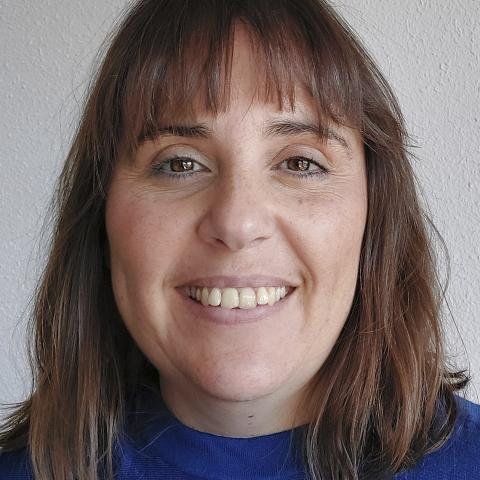ERTMS Manager, Silvia Domínguez works in the Railway Signalling and Terrestrial Telecommunications Deputy Directorate at Ineco. In 2021, she joined the ERJU project and is currently the only Spanish representative in the System Pillar Core Group.
In a nutshell, what is ERJU?
ERJU, or Europe's Rail Joint Undertaking, is the joint undertaking that is driving all innovation and development of new technologies for the rail sector in the framework of the Horizon Europe project, funded by the European Commission. The aim of this project is to exploit the enormous potential of digitisation and automation of new technologies to minimise costs in the railway sector and to increase capacity, flexibility and reliability.
What is the focus of ERJU's work?
ERJU is based on two pillars: Innovation and System. The system pillar arose to avoid the fragmentation of innovation at European level. This fragmentation (which stemmed from the fact that all innovation and technological developments were carried out at national or company level) diminished the competitive advantage that the European railway sector and the future of this sector could have.
The opportunity that the System pillar gives us is that it is a body in which the entire railway sector is contained and has processes by which both harmonised operational concepts and a system vision of the future railway will be developed and converted into technical specifications and standards that will allow us not only to innovate but also to deploy these innovations quickly and efficiently.
The main areas of knowledge on which the System pillar focuses are the areas of: ERTMS signalling and TMS (traffic management), as these are the areas in which digitalisation and automation can have the greatest impact on the improvement of the future railway sector.
How did you become involved in the project?
In 2021 the European Commission asked me to participate in the expert team to draft the EC report that launched the ERJU System pillar. Subsequently in 2022 I was nominated by the Association of European Infrastructure Managers for representation on the System Pillar Core Group.
What is your role within ERJU?
My responsibilities as part of the System Pillar Core Group include guiding and monitoring the work of infrastructure managers, railway operators and industry in the working groups that will define the future architecture, harmonised operation and the technical specifications that this will entail. We act as the point of contact for stabilisation with the standardisation bodies and also with the European Railway Agency for all those technical specifications that will go into the technical specifications for interoperability.
In addition, we also take care to maintain a good relationship between the system and innovation pillar. One of the main objectives of the System pillar is that the innovation that takes place within ERJU as a single company is deployed efficiently and quickly, so it is important that the System vision contains the innovation and the positive results that will be achieved within the innovation pillar.
All the results we obtain within this pillar of the System will be very much focused on achieving these technical specifications, which will go both to the technical specifications for interoperability and to the standards and, above all, in the field of ERTMS and TMS signalling. This will allow us to have a future railway system that is unique in Europe, more efficient, with more capacity and also more effective in economic terms.
What is Ineco's role in this European project?
Ineco participates in both the System pillar and the innovation pillar. This last pillar is where we work within Adif's membership. We will also participate in the European Commission's deployment group, wich will began towards the end of the year.





